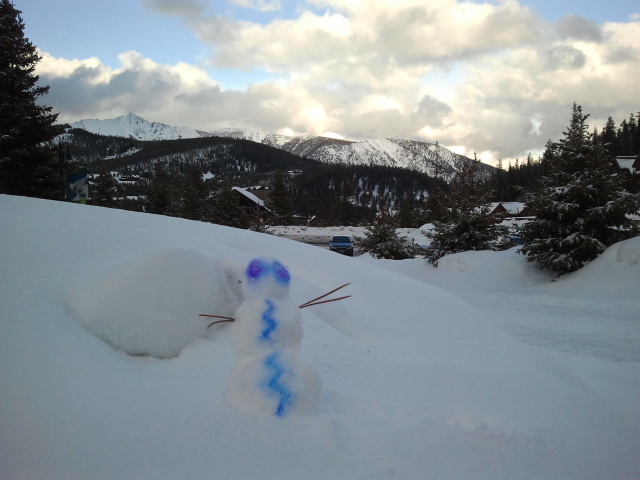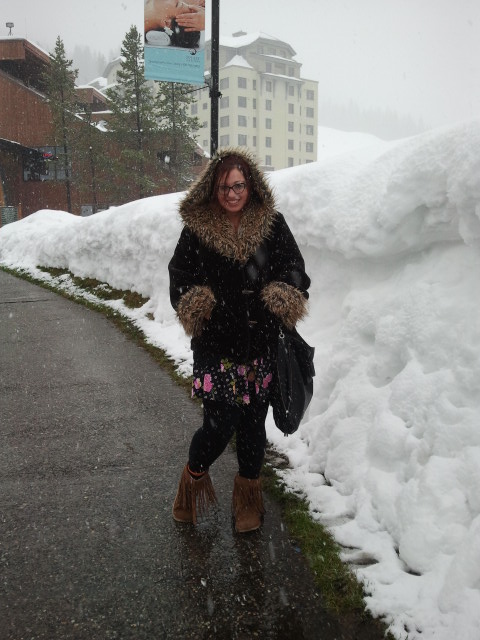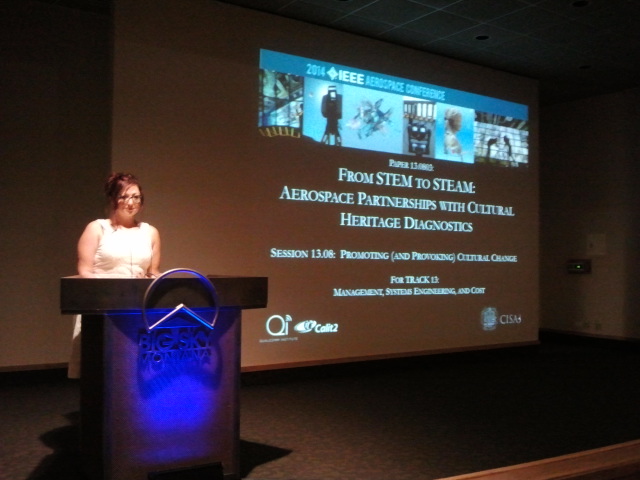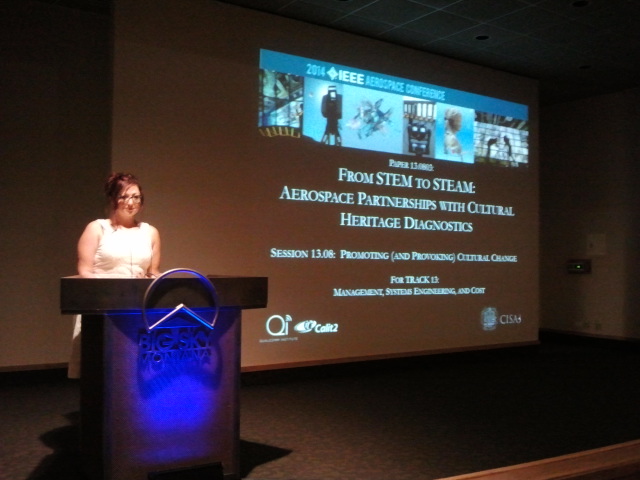
My final conference as a graduate student with the University of California, San Diego took me to the snowy mountains of Montana, where I made a bid to get NASA and other aerospace industry types involved in tech research and development collaborations that could benefit cultural heritage diagnostics and vice versa. It was intended as part of a larger push Vid Petrovic and I were making towards technology development geared towards social sciences purposes. The next step was a planned session at the 2014 Theoretical Archaeology Group this past May (abstract at the bottom)–but sadly, we had to pull our session out of the conference (again our apologies to the wonderful wonderful conference organizers for having to back out after our acceptance).
The abstract for the IEEE paper is included below. You can check out the full paper on IEEE.
And the full presentation is available on slideshare.
IEEE Abstract:
From STEM to STEAM:
Towards Aerospace Partnerships with Cultural Heritage DiagnosticsF
By Ashley M. Richter, Vid Petrovic, Radley Angelo, Maurizio Seracini, and Falko Kuester
What would happen if archaeology and aerospace joined forces to test and develop new technology? Not only would it be the basis for an epic movie, there is considerable need in emerging fields of archaeology, like cultural heritage diagnostics, where a fruitful partnership could be forged. Both cultural heritage diagnostics and engineering groups share needs for multi-dimensional and multi-spectral surveying, immersive collaboration environments for visualizing results for analytics, and layered reality annotation systems to engage the scientific community and capture crowd-sourced feedback. The University of California, San Diego (UCSD) hosts the Center of Interdisciplinary Science for Art, Architecture, and Archaeology (CISA3), which is focused on engineering and adapting technology towards cultural heritage diagnostics for these purposes. CISA3 would like to build and consolidate new bridges between industry, academia, and government research to develop, test, and explain new tools to explore the cultural world around us with systems typically dreamt of in science fiction space exploration.
Science, Technology, Engineering, and Mathematics (STEM) education and research is highly lauded as a means to maintain and improve society’s problem-solving prowess. Recent years have seen a movement to put the Arts into the middle of STEM, thus transforming it into STEAM, to foster innovation and to deliver comprehensive, sustainable solutions to a wide range of problems and opportunities, especially those that are culturally sensitive. Utilizing this emphasis on an expanded definition of the ‘arts’ – specifically art, architecture, and archaeology a la CISA could help the aerospace industry and its many offshoots by both providing a culturally accessible entry point to engage the masses to recruit new generations of Indiana-Jones space exploration-engineers and act as a test bed for equipment and training. Deeper collaborations with aerospace offer cultural heritage diagnostics the chance to extend its ongoing dialogue between those who can identify practical field problems for which technology has not yet been invented, like archaeologists and art historians, and the computer scientists and engineers who are capable of constructing solutions.
This paper explores ways that cultural heritage diagnostics with CISA3 and similar organizations bridge the gap between pure and applied science in turn smudging the lines between the hard and soft sciences. It will explore the ways in which a STEAM movement focused not just on arts, but on art, architecture, and archaeology may be the path towards the productive and innovative collaborations between academia, industry, and government which have long been dreamed of, but not yet fully achieved. This paper will suggest ways in which cultural heritage diagnostics entities might partner with the aerospace industry to evolve well-rounded tools that reveal and preserve the treasure of our past to present audiences –to inspire and enable a future for humankind on and beyond planet Earth.


As noted above, the second half of our intended unity-project to establish further research and development initiatives was to host a session with the Theoretical Archaeology Group encouraging archaeologists and cultural heritage groups to brainstorm on what technology they wanted. Sadly, we had to pull our session out of the conference (again our apologies to the wonderful wonderful conference organizers for having to back out after our acceptance).
Here is the session abstract–one day, we’d like to see a session like this up and running:
Converging Tech: Engineering New Technology designed for Archaeology
Historically, archaeology has been a scavenger of technology. But as technology further pervades the way that archaeologists plan, survey, excavate, collate, and disseminate- it is increasingly evident that archaeology needs to develop stronger systems to collaborate more effectively with computer science and engineering, aerospace, and other technology drivers. We need to partner with groups which could build archaeologists the tools we desire- if they only knew what archaeologists want.
This session is intended for archaeologists to propose the refinement, adaption, or creation of new technologies – be they based on field experience case studies or the wildest of imaginations. Let us open up a dialogue converging technology and archaeology and prompting new collaboration. Let us talk of the practical: of technology gone awry in the field, of systems to correlate tangible and intangible data, of translating archaeology to the public through new multimedia means in the classroom, at home, and at museums. And let us talk of the fantastical, let us verbalize the science fiction dreams for archaeological technology that might not be as far away or out there as you thought: of flying LiDAR drones, holographic projections of sites and artifacts, and singular multi-multispectral imaging devices.
This session would like to collect short papers (4-6 pages) and posters which address the above concepts. Additionally, this session would also like to collect a third category of crowd-sourced content to be presented at the session created from short answer surveys completed online by the archaeological community and the public at large.
In promotion of the core notion of furthering the convergence between science and technology, the session organizers propose that the content collected for and presented at the conference will be displayed online in a suitable format for facilitating collaboration between the innovative participants of the session with the engineering community; and active future construction of some of the imagined technologies.
As Archaeology moves farther into the technological realm of the future, it is critical that it embraces its role as a potential driver of science, technology, engineering, and mathematics (STEM) innovation and education that effectively enhances STEM into the far more practical and creative STEAM- which actively embraces and educates art, architecture, and archaeology . After all, what better way to propel the construction of novel technology for the future than through creating it to study our past?

